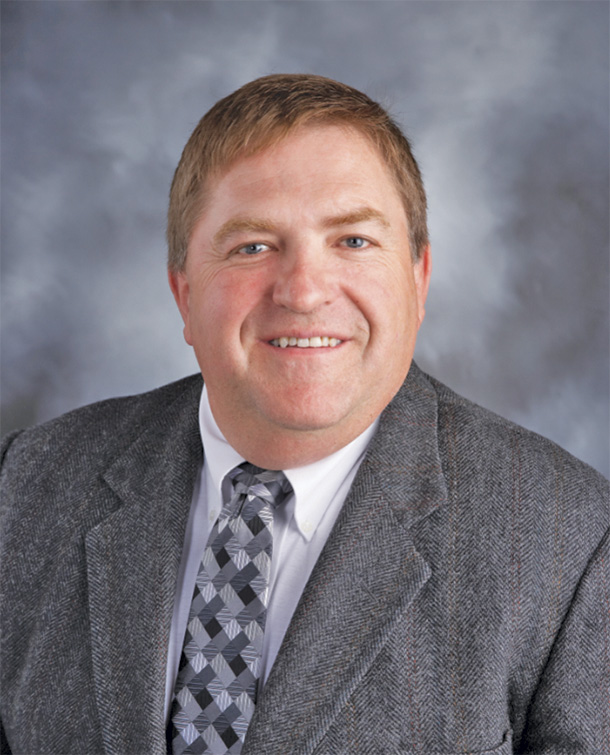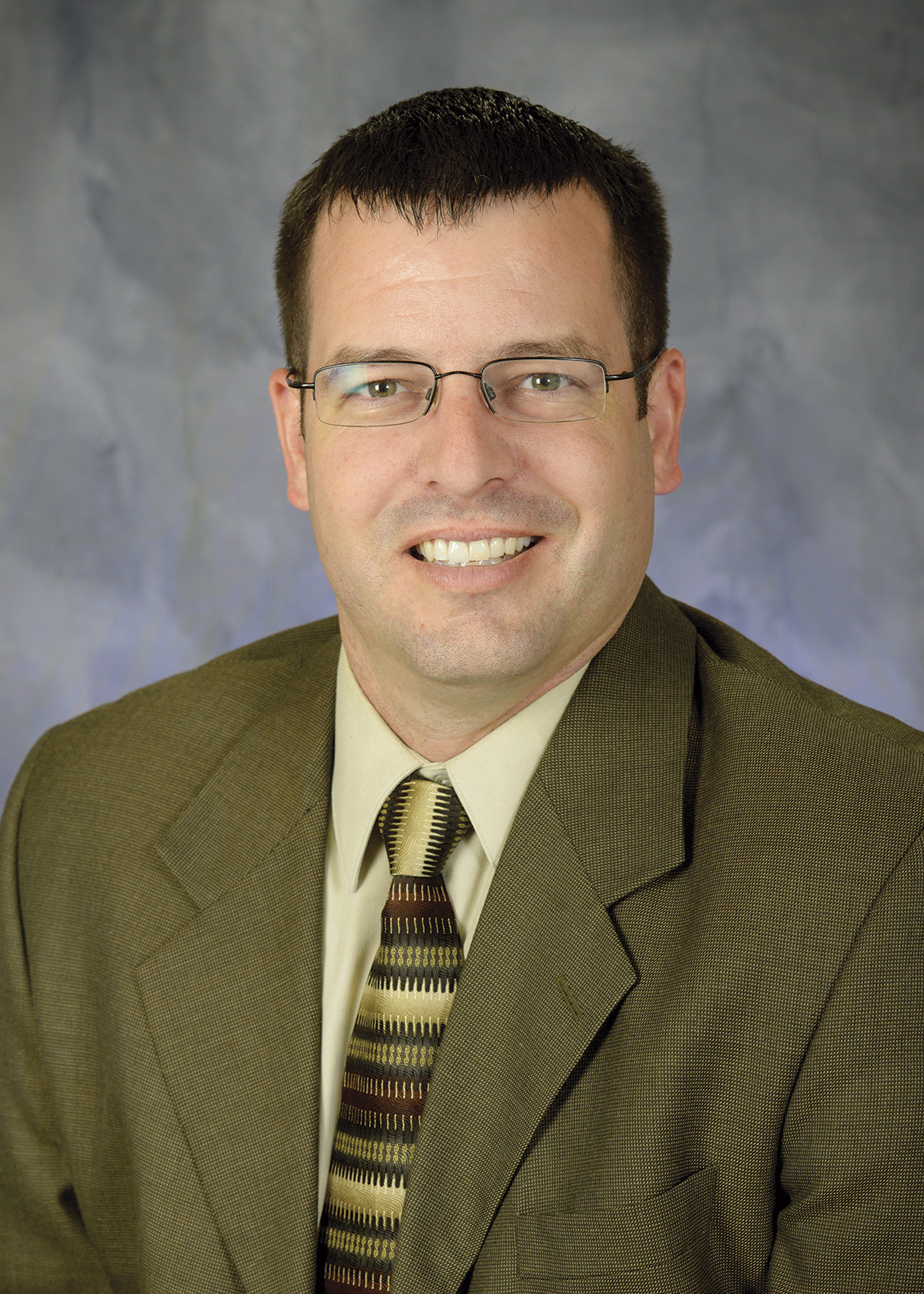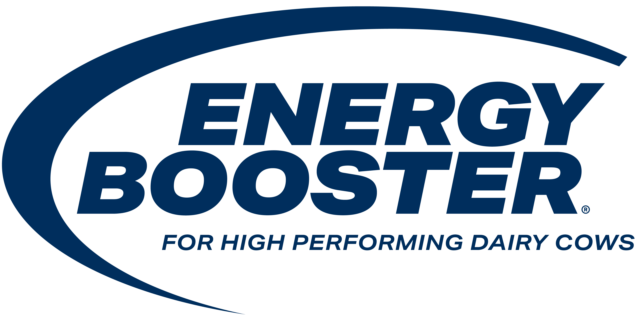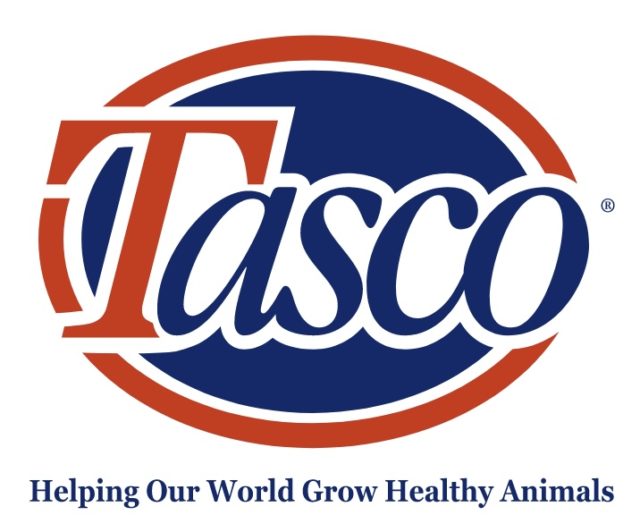Over a decade ago, Diamond V introduced a unique, systematic approach to measuring the operational efficiency of a dairy’s feeding operation. The TMR audit is a process that monitors and improves the cattle feeding process, as well as the consistency and similarity of the ration consumed by each animal, ultimately optimizing productivity.
Since January 2008, dairy nutrition specialists have conducted over 12,000 TMR audits on dairies around the world.
The mastermind behind the audit process, Dr. Tom Oelberg, known to many as the “Grandfather of the TMR,” recently retired. Now, as we send Tom off on his retirement, we couldn’t let him go without one more conversation.
 Tom Oelberg. Courtesy photo.
Tom Oelberg. Courtesy photo.
Recently, Sara Sievert, ruminant species marketing manager with Diamond V, had the pleasure to sit down and discuss with him, as well as Matt Sattler, another ruminant field tech specialist, about where we’ve come, where we’re at and where we’re going in our journey to feed cows better.
What are some of your proudest or most pivotal moments?
OELBERG: I would have to say one thing I’m most proud of is an increase in awareness for a well-mixed TMR. We have done a great job of getting this message out, and it’s now on most nutritionists’ radar. In fact, today, we are seeing more and more people asking for training in their nutrition programs. It’s really come a long way. We’ve also built great relationships with major feed mixing companies as well as dealers. Together, we have realized the importance of collaborating to make a better finished feed.
How did you get started with TMR audits?
OELBERG: It all started many years back when a former colleague, Dr. Curt Harms, had joined our company and kept bugging me to hop on the wagon. Once I did, we saw the need to put together a feeder training program. There was a big concern in the industry about whether low-inclusion products were getting mixed. So we started asking the questions.
Eventually, one nutritionist got us in to check their mixing wagons. We noticed that when customers bought new mixing wagons, their milk production went up. Because of this, I started looking at the mix quality and, with my experience running a nutrition research farm in the past, I used that information and knowledge to set up our TMR sampling system as we know it today.
From there, I asked permission from a nutritionist to do a mock TMR audit. I did my first three in January 2008 and used that information, and the Penn State shaker box as methodology, to take samples. I started digging further and ended up writing an article on my findings. In the beginning, nutritionists were cautious of the concept. But once they saw the results, they started seeing the value.
Typically, a TMR audit results in a more consistent diet getting fed and more awareness from the farm management team on the impact diet variation has on cow health and performance. In turn, we see improvements in milk production and efficiency of feeding operations, resulting in reduced feed shrink, fuel and labor costs.
Over time, how have rations changed?
OELBERG: We’re seeing more forages fed at higher levels in the diet due to higher digestibility. There has been a lot more focus on genetics and better harvest practices. Dairy producers are always looking for ways to optimize feed costs. And because of the higher levels of forages, they can accomplish less out-of-pocket expenses, healthier diets and lower overall feed costs. Dairies are also focusing more on facing the silages. In fact, one of the “a-ha” moments was when we discovered that if you blend the silages before putting them into a TMR, it makes the TMR more consistent.
We’ve seen a lot of focus and change on making sure the grain and corn silage is processed properly to get maximum digestion. We’re trying to maximize rumen microbial protein production, which really helps lower the cost of supplementing proteins. This has led an increase in amino acid balancing. In the last 20 years, there’s a ton of emphasis on lowering the environmental footprint of TMRs.
There’s also a big effort, as well as research, regarding feed additives. We have even seen recently that we may be able to increase forage digestibility with feed additives. Definitely my last big “a-ha” and sendoff trial that I was able to be a part of.
People are aware, now more than ever, of the importance of a consistent diet. We discovered we could make sure cows had access to feed with time-lapse cameras. Our latest discovery has been with the use of drones and using them to detect problems with TMRs. This helps create less waste and more efficient labor.
 Matt Sattler. Courtesy photo.
Matt Sattler. Courtesy photo.
SATTLER: I’ve been with the company for seven years now. When I started, so many of the TMR audits were centered around the consistency of the diets and making sure the mixers were working efficiently. When we started to introduce the time-lapse cameras and really put some focus on what’s happening at the feedbunk, we took the audit to the next level. Beyond simply the diet consistency, it brought additional focus to feed availability and accessibility to the cows 24 hours a day.
Where is the future headed? How will we continue to define success around feed management?
OELBERG: One thing we’ve seen emerge is the importance of monitoring the feed software reports to screen feed performance, ensuring we have a quality control program in feeding cows. These reports get the nutritionist engaged and have been helpful in monitoring feeding programs.
SATTLER: Herd management data is probably the next big frontier we have coming down the line. Dairy producers use it daily to manage what’s happening at the dairy, but it’s often underutilized. If we can support them in turning that data into information they can assess, analyze and make decisions from, I think that’s where the future is headed in the next three to five years.
OELBERG: For the future, some of the things we’re seeing people look at are better robotic systems to feed cows 24-7. We’re also looking at more efficient systems and reduced labor. I think there’s going to be a continued effort for more efficient feed mixing and delivery systems to ensure well-mixed feed is delivered on time. I think we’re also going to see efforts to help improve safety, such as removing and reducing dust on feed facilities.
Going back to the camera system, eventually we will be using cameras on cows to help them with reproduction and monitor their health and send alerts to dairy managers. This is the future I see. The end goal is to make the cows more comfortable in the barns.
SATTLER: As technology improves, we’re going to continue to see advancements we may not even know about right now that will reshape how we look at managing cows and feed 10 years down the road. A lot of the future will be centered around new technologies we bring into the marketplace and how we utilize those technologies. Also, new technology will bring new streams of data. We need to make sure we understand that data and work hand in hand with our customers.
OELBERG: I would bet there will also be technology built into the feed mixer. This will determine when the TMR is properly mixed before it’s emptied into the bunk. We are constantly reviewing technology that can better monitor TMR consistency better and faster than our current methodology. If we can put man or woman on the moon, we can get better at analyzing TMRs. I’m excited to see where this goes!
The time has finally come to say goodbye. But before we send Tom off on his retirement, we wanted to give him one final message: Tom, congratulations on your retirement and wonderful career. We thank you for all you’ve done for the dairy industry. You have truly revolutionized the way we feed cows. Your devotion is an inspiration, and something we will never forget. Happy retirement!





